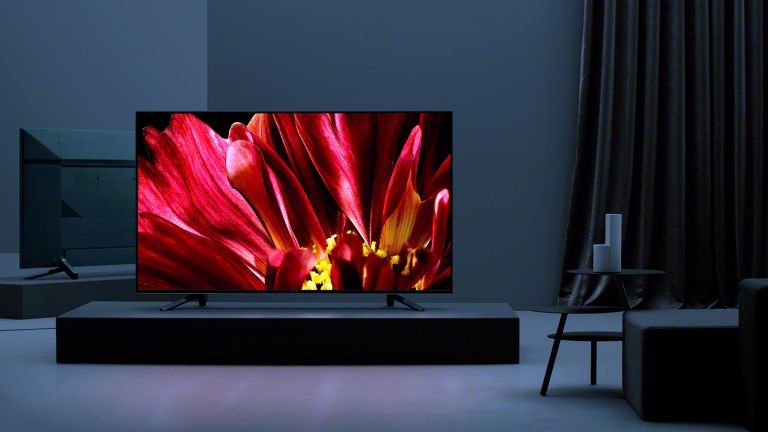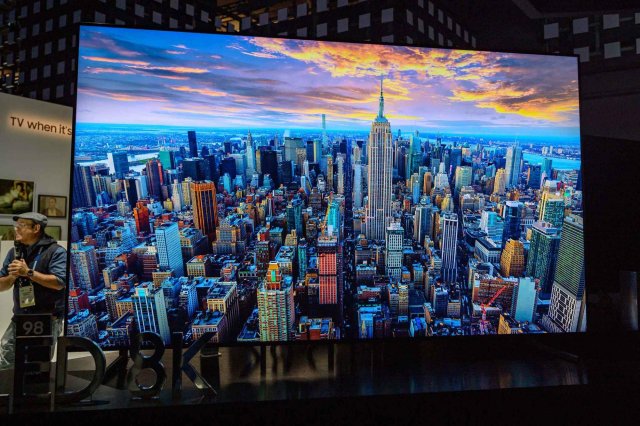Researchers Found New Way To Make Screens Brighter And More Efficient
Viswamitra Jayavant - Jul 20, 2019

Researchers from the Imperial College London have created an OLED screen that has more contrast, is brighter, and more energy-efficient than ever before.
- Apple To Use OLED Displays For Its iPad Pro Lineup In 2022
- These Star Wars Coca-Cola Bottles Have Flexible OLED Panels That Glow
- Self-Powered Textile-Based Display Is Washable
With the pace that technology is developing, it is no surprise that TVs and smartphones, the two foremost consumer techs are becoming better and better every year. So there’s no surprise that researchers have discovered another way of making screens brighter, providing more contrast, and more energy-efficient.
The Problem of OLED
Although the tech is still relatively new to the consumer market and mostly available to the high-end market, OLED (Organic Light-Emitting Diodes) screens have been known by the wider public for quite some time now. They provide better color accuracy, are the more vibrant, brighter, and more energy-efficient than traditional Liquid Crystal Display (LCD).

However, to ensure that the images would remain clear and beautiful even when the ambient lighting is bright, OLED screens are usually plastered with a layer of the anti-glare filter. This is especially applicable to smartphones when you usually have to use it outdoor and under the sun.

But, according to researchers at the Imperial College London, claims that by applying the filter to the screen, half of the light generated by OLED pixels are trapped behind the filter, effectively cutting the energy efficiency of the screen panel down by half.
In order to make the screens usable, manufacturers have to sacrifice energy efficiency with usability, instead.
Polarised Light Is the Answer
Researchers have successfully created a type of OLED panel that can overcome this challenge. The positive result of the research was published in the scientific journal ACS Nano. Basically, by controlling the chemical mechanisms behind the organic materials within the OLED screen, it is possible to ‘force’ them in into emitting a type of special, polarised light that can bypass the anti-glare filter to reach the viewers’ eyes.

Of course, with this problem out of the way, manufacturers can create more energy-efficient OLED panels and reduce the carbon footprint of the devices that use them.

Wade capitalized on the benefits that this research could bring: better brightness, contrast, and longer lifespan as well as improved energy efficiency.
Other Applications
Although the research focuses specifically on OLED, the team noted that their approaches and materials can also be applied elsewhere. Light polarisation in the materials they discovered can be useful for data transmission, storage, and encryption that can aid in computing and data security.
Featured Stories

Features - Jul 01, 2025
What Are The Fastest Passenger Vehicles Ever Created?

Features - Jun 25, 2025
Japan Hydrogen Breakthrough: Scientists Crack the Clean Energy Code with...

ICT News - Jun 25, 2025
AI Intimidation Tactics: CEOs Turn Flawed Technology Into Employee Fear Machine

Review - Jun 25, 2025
Windows 11 Problems: Is Microsoft's "Best" OS Actually Getting Worse?

Features - Jun 22, 2025
Telegram Founder Pavel Durov Plans to Split $14 Billion Fortune Among 106 Children

ICT News - Jun 22, 2025
Neuralink Telepathy Chip Enables Quadriplegic Rob Greiner to Control Games with...

Features - Jun 21, 2025
This Over $100 Bottle Has Nothing But Fresh Air Inside

Features - Jun 18, 2025
Best Mobile VPN Apps for Gaming 2025: Complete Guide

Features - Jun 18, 2025
A Math Formula Tells Us How Long Everything Will Live

Features - Jun 16, 2025
Comments
Sort by Newest | Popular